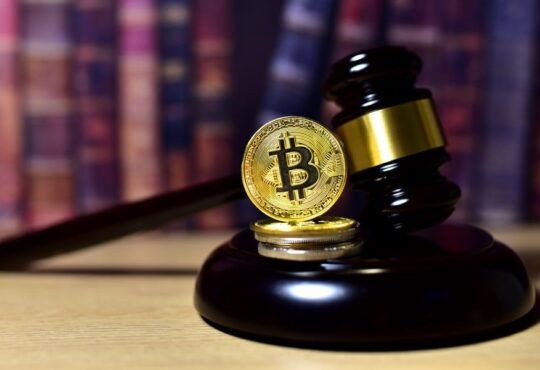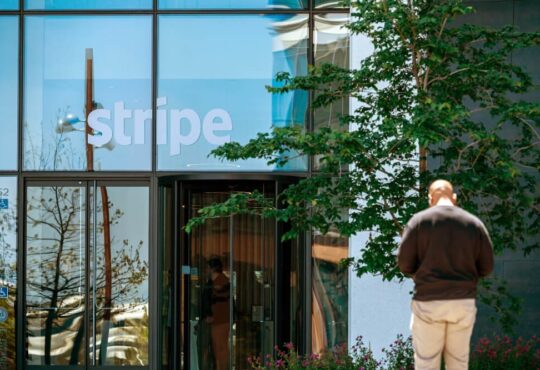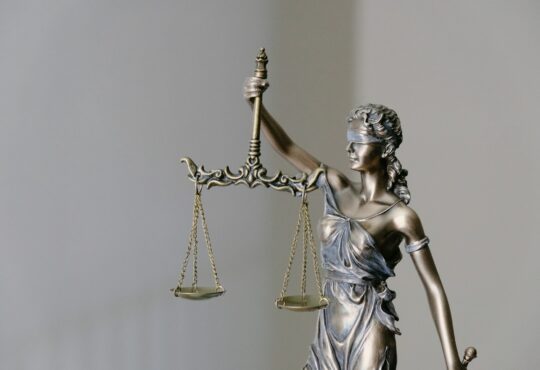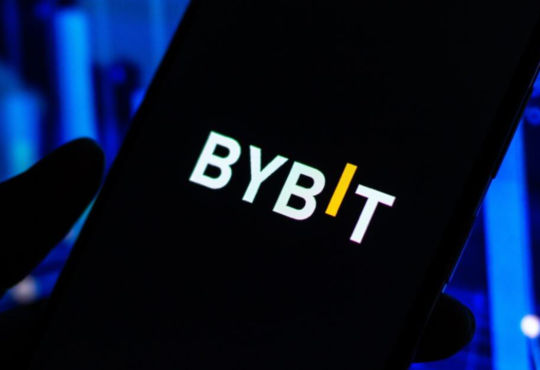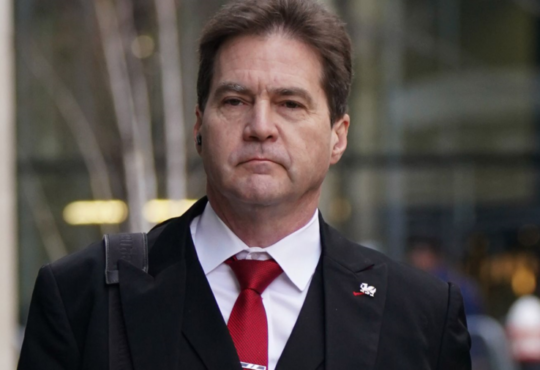
— By Raj Bagadi, Founder and CEO of E Money Network
The crypto market in the EU is on the cusp of a transformation with the implementation of Markets in Crypto Asset Regulations (MiCAR) already underway. These regulations have been designed to replace individual regulations across several EU nations with a single framework to ensure consistency, cohesiveness, consumer protection and market integrity in the EU’s crypto economy.
The framework mandates different classes of crypto assets and crypto-asset service providers (CASPs) to follow prescribed regulations in order to continue to operate legally and securely within the EU. While MiCAR implementation will ultimately benefit the crypto industry in the long run, the initial transition challenges are likely to shake up many aspects of the crypto sector.
Stablecoins, a crucial component of the crypto economy, are going to be impacted significantly by MiCAR. As per the regulations, stablecoins can be classified as asset-referenced tokens (ARTs) or e-money tokens (EMTs), depending on which assets they back. E-money tokens(EMTs) can only be issued by businesses licensed as credit institutions (banks) or electronic money institutions (EMIs). Furthermore, they must be backed by corresponding reserves of liquid assets, and be redeemable at par with the issuer.
Most stablecoins in circulation at present are not regulated, which is why major crypto exchanges are delisting stablecoins that do not meet MiCAR requirements from their European platforms. Uphold withdrew support for six popular stablecoins – USDT, DAI, FRAX, USDP, TUSD and GUSD from July 1. Similarly, Binance is also delisting “unregulated stablecoins”, including USDT.
So, is this the end of some established stablecoins in the EU?
This will be decided on a case-by-case basis upon MiCAR implementation. Let’s take the case of DAI, an algorithmic stablecoin, which is not likely to be classified as an e-money token. It is algorithmically pegged to the US dollar and collateralised by Ethereum-based assets. Its value is stabilised by a system of smart contracts that control the supply of DAI, depending on the value of the collateralised assets, so that DAI’s value always remains as close as possible to that of the USD. Thus, though DAI has a stability mechanism which relies on a basket of crypto assets, it cannot be classified as an asset-references token (ART) under MiCAR. This is because its parent organisation, MakerDAO, is not a legal entity in the EU. Similarly, Tether is also not licensed as an EMI in the EU. This dims USDT and EURT’s chances of gaining regulatory approval at present.
Now, let us look at the example of Circle’s USDC. USDC is a stablecoin backed by Circle Reserve Fund, a SEC-registered government money market fund. This fund holds a portfolio of short-dated US Treasuries, overnight US Treasury repurchase agreements, and cash. The reserve holdings are published on a weekly basis, as per Circle’s website. USDC can be redeemed 1:1 for US dollars. Apart from having multiple licences in the US, Circle has the Financial Conduct Authority E-Money Issuer License in the UK, and a conditional Digital Asset Service Provider (DASP) licence in France. Circle also has a euro-based stablecoin, EURC, that is backed 100% by euro, as per the company. It can be redeemed 1:1 for fiat and its reserves are held transparently at regulated financial institutions with monthly public attestations. Owing to its robust emphasis on compliance and transparency, Circle has already secured an EMI licence under MiCA framework in the EU, making both USDC and EURC MiCA-compliant stablecoins in Europe.
So, becoming MiCA-compliant is the way to go forward for stablecoins? It is, although this is easier said than done. The business models of stablecoin issuers like Circle rely on issuing stablecoins based on cash and cash-equivalent like US treasuries and making profits on interest of these cash equivalents. The implementation of MiCA mandates stablecoin issuers to maintain 1:1 reserve assets with regulated custodians and have additional own funds. There are also requisites for maintaining transparency, ensuring security, managing risks and investing assets. Due to these requirements, stablecoin issuers might have to make some structural changes on how they issue stablecoins, custody the reserve assets and conduct their day-to-day operations to ensure compliance.
While MiCA regulations are in the best interests of consumer protection and market integrity, the onus of ensuring compliance at multiple levels will translate into significant expenses for stablecoin issuers and might affect their profitability. For non-euro stablecoins, MiCA regulations stipulate further restrictions, thus disincentivizing their operations in the EU. Non-euro-denominated stablecoins must cap their transactions at 1 million in number, a value of over 200 million euros (US$215.2 million) per day.
The implementation of MiCAR will have ripple effects all over the crypto economy, especially areas that have a direct dependence on stablecoins. Stablecoins facilitate liquidity which ensures price stability, and are a base currency in trading pairs on centralised platforms like crypto exchanges. The total stablecoin market has a market capitalization of more than $160 billion, with a daily trading volume of upwards of $45 billion. USDT has contributed to nearly 70% of this trading volume. The delisting of USDT from major crypto exchanges in Europe will not only affect Tether but is also likely to hit crypto trading on crypto exchanges in general.
At the time of writing this article, only Circle has gained an EMI licence and is offering MiCA-compliant stablecoins in Europe. There is a huge opportunity for stablecoin issuers to become MiCA regulated and establish themselves in an evolving crypto market. In order to ensure regulatory compliance, they need to actively reach out to EU regulators and seek guidance on incorporating best practices for gaining MiCA approval.
Compliance begins at home. Stablecoin issuers must build or move to compliance-oriented infrastructure with built in KYC/AML modules to integrate compliance in their DNA. Furthermore, they must engage only vetted partners like regulated crypto exchanges and other crypto-asset service providers for maintaining the integrity of their stablecoins at every step to eliminate the risk of regulatory scrutiny and operational disruptions.
Ensuring transparency will play a vital role in establishing integrity among regulators and the community. Therefore, stablecoin issuers must maintain and publish detailed attestations of compliance regularly. For example, daily independent third-party reporting on the Circle reserve fund portfolio is publicly available via BlackRock, a renowned asset manager.
The road ahead is difficult. The transition period between the removal of non-compliant stablecoins and introduction of new MiCA-compliant stablecoins will bring about disturbances in the crypto markets at many levels. Crypto exchanges are likely to experience reduced liquidity, increased volatility and operational issues as they adapt to the new regulatory environment. Users might also need to engage in a learning curve to become familiar with using new stablecoins and align themselves with compliance requirements. However, once the transition to integrating MiCA-compliant stablecoins is completed, crypto exchanges and stablecoins issuers will benefit from enhanced regulatory clarity, market integrity and investor confidence.
About Raj Bagadi
Founder & CEO of E Money Network, 10+ years exp in Global Fintech & Banking.
Raj Bagadi is an accomplished entrepreneur with a diverse background. He holds a postgraduate degree in Business Development and Management, and a Postgraduate Certificate in Economic Development from the University of Oxford.
Raj is also a certified specialist in anti-money laundering in the UK and has extensive experience in the finance sector, including providing technical and software solutions to blockchain and cryptocurrency start-ups as an advisor. He is the founder and CEO of E Money Network, a modular RWA blockchain.
Additionally, he holds a Bachelor’s degree in Aeronautical Engineering and a Master’s degree in Aerospace Technology.

